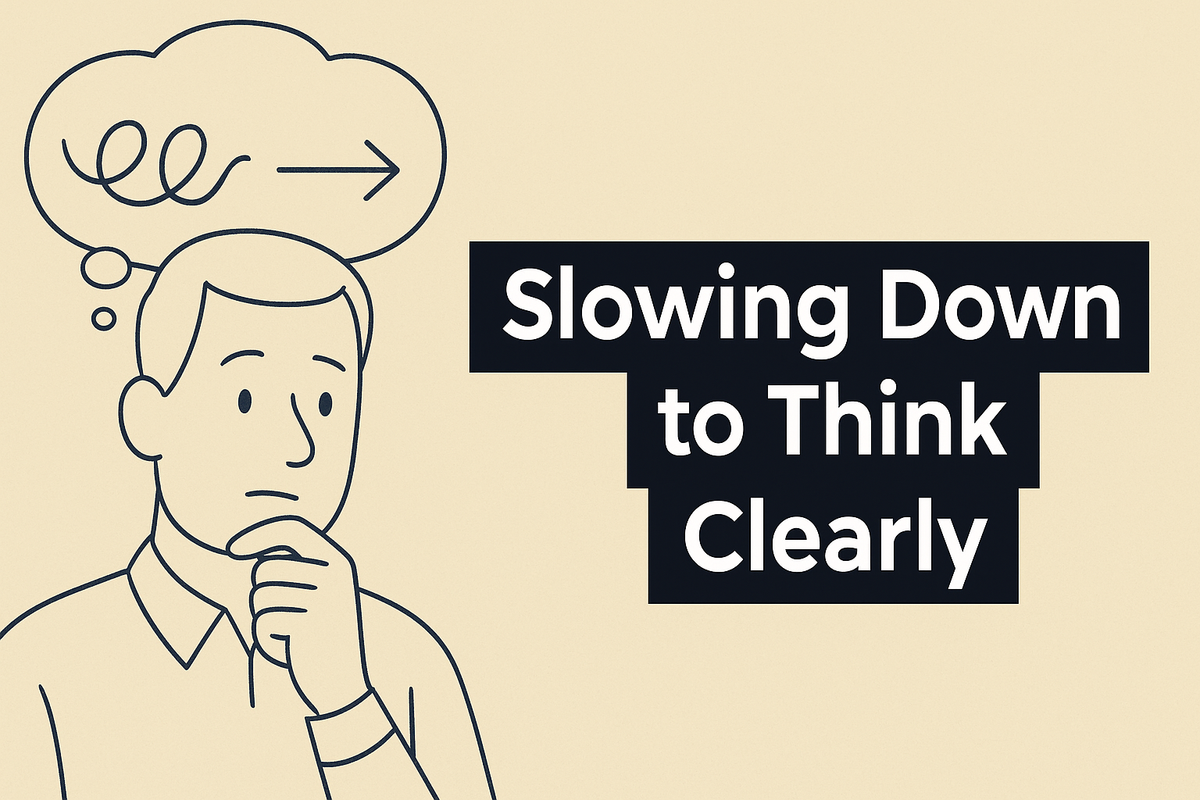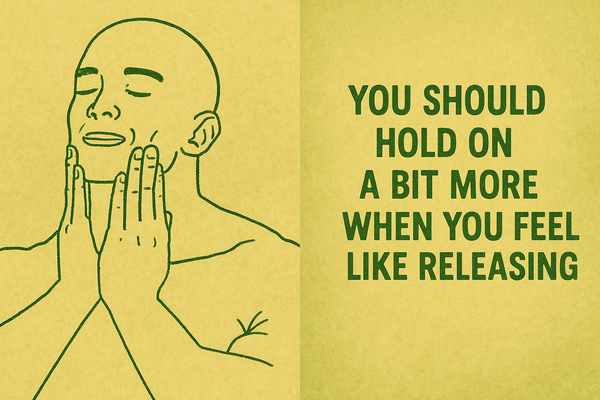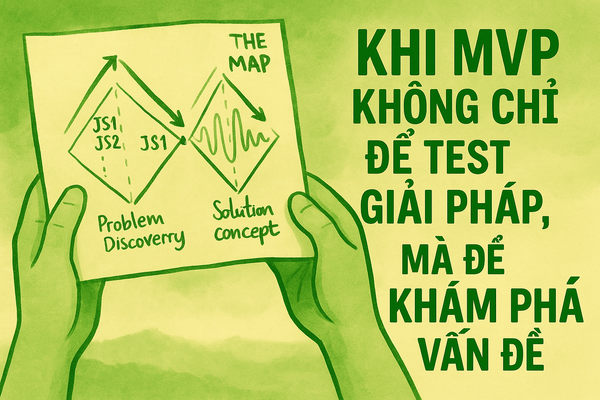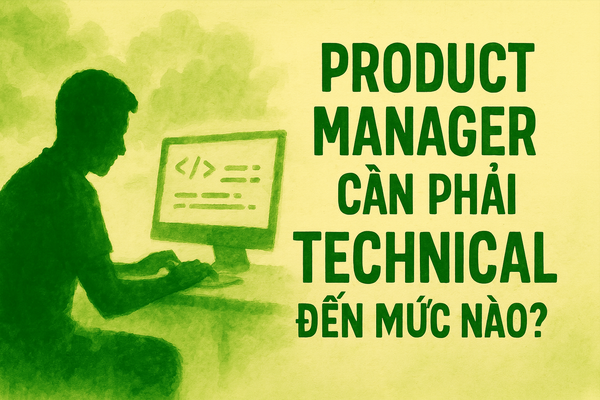#46 - Slowing down to think clearly
Members Only
How I’m learning to reconnect with the shape of my mind at work

How I’m learning to reconnect with the shape of my mind at work


You should hold on a bit more when you feel like releasing. And no, I am not talking about sex.

Chúng ta thường nghĩ MVP là giải pháp. Nhưng đôi khi, chính MVP lại giúp ta thấy rõ hơn điều mình đang cố giải.

Bốn cấp độ của "technical" khi làm quản lý sản phẩm

Standing out as a Product Manager candidate isn’t about listing features you shipped. it’s about how you made decisions, tested assumptions, and adapted to what you learned. In this post, I share what hiring managers actually look for and how you can frame your stories to show real product judgment.